Transforming Cities: The Growth Of Waterfront Development Waterfront development refers to the planning, design, and construction activities that aim to transform areas adjacent to water bodies, such as rivers, lakes, or oceans, into vibrant, functional, and aesthetically pleasing urban spaces. These developments often include residential, commercial, recreational, and cultural facilities. The primary goal is to enhance the economic, social, and environmental value of waterfront areas.
Historical Perspective of Waterfronts
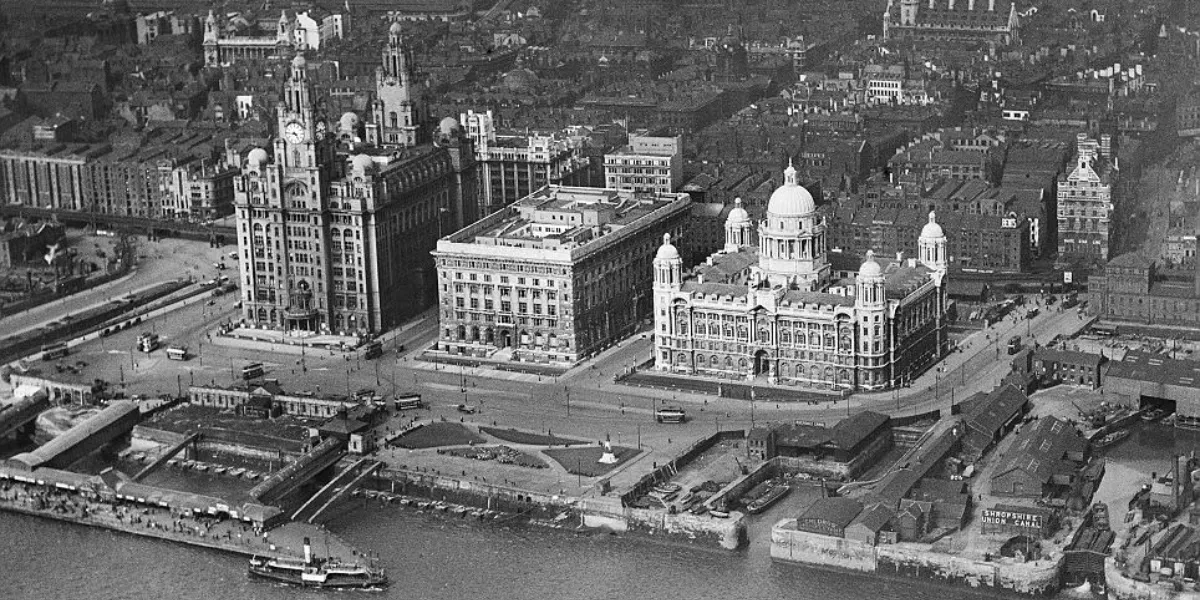
Historically, waterfronts were primarily industrial zones used for shipping, fishing, and manufacturing. Over time, many of these areas became neglected as industrial activities moved elsewhere. However, the latter half of the 20th century saw a shift towards revitalizing these neglected spaces. Cities worldwide began to recognize the potential of waterfronts as valuable urban assets.
Economic Benefits of Waterfront Development
Waterfront developments can significantly boost local economies. By attracting tourists, businesses, and new residents, these areas can generate substantial economic activity. Property values often rise, leading to increased tax revenues for local governments. Furthermore, the creation of jobs in construction, hospitality, retail, and other sectors is a direct benefit of these projects.
Social and Cultural Impact

Developing waterfronts can enhance the social and cultural fabric of cities. These areas often become hubs for cultural events, festivals, and public gatherings. Access to waterfronts can improve the quality of life for residents by providing recreational spaces, such as parks, walking paths, and sports facilities. Additionally, waterfronts often host museums, theaters, and art galleries, enriching the cultural landscape.
Environmental Considerations
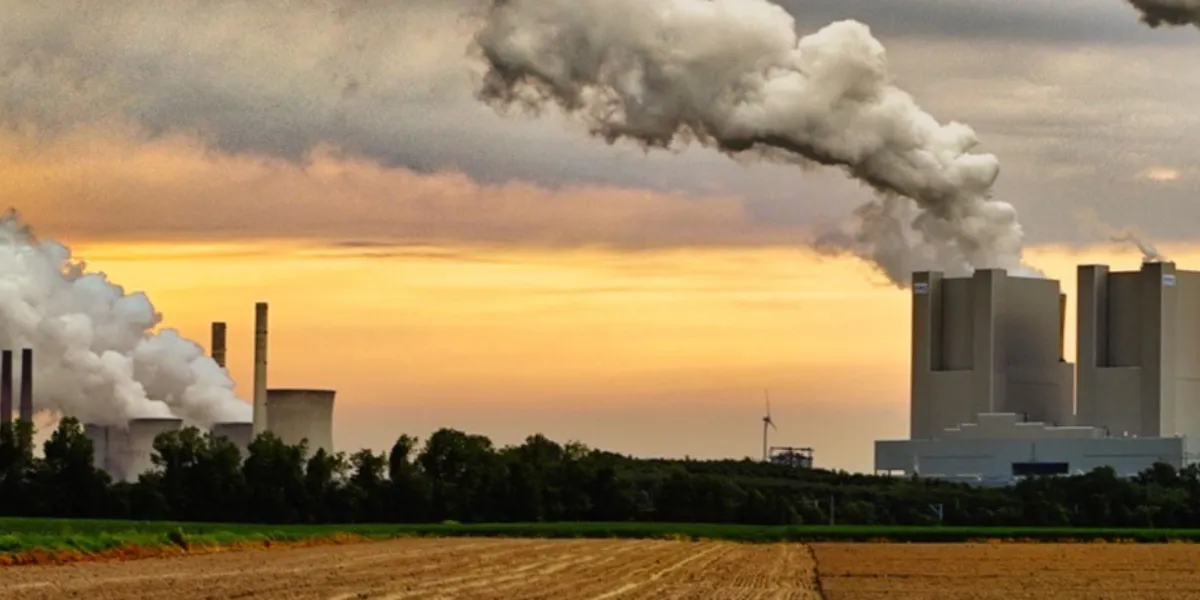
Environmental sustainability is a crucial aspect of waterfront development. Projects must balance human activities with the need to protect natural ecosystems. This involves managing water quality, preserving habitats, and ensuring that developments do not contribute to flooding or erosion. Green infrastructure, such as wetlands and green roofs, is often integrated into waterfront designs to enhance ecological health.
Case Study: New York City’s Hudson River Park
Hudson River Park in New York City is a prime example of successful waterfront development. Stretching along the west side of Manhattan, this park has transformed a previously underutilized industrial area into a thriving public space. It features green spaces, sports facilities, piers, and cultural venues, attracting millions of visitors annually and significantly boosting local real estate values.
Innovative Design Strategies

Modern waterfront developments employ innovative design strategies to maximize their appeal and functionality. These include mixed-use developments that combine residential, commercial, and recreational spaces. Architectural designs often emphasize open spaces, connectivity, and aesthetic appeal. Green building practices are also increasingly common, aiming to reduce the environmental footprint of new constructions.
Challenges in Waterfront Development
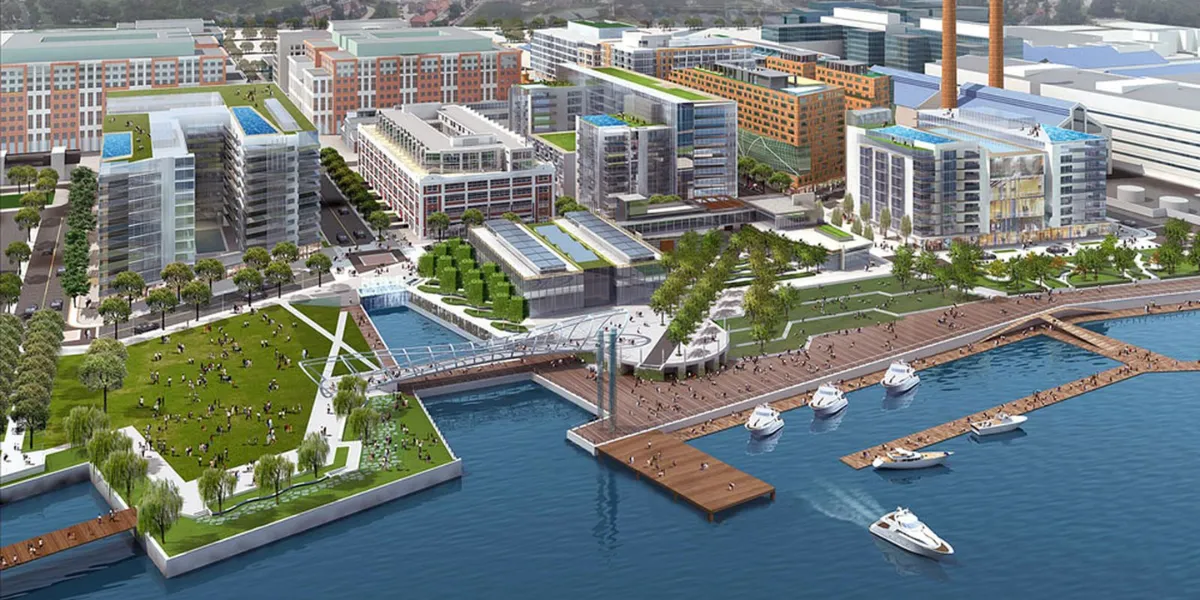
Despite their benefits, waterfront developments face several challenges. High initial costs, regulatory hurdles, and potential environmental impacts are significant considerations. Additionally, there is the challenge of balancing public and private interests. Ensuring that developments remain accessible and beneficial to all segments of the population is a complex but essential task.
Community Involvement and Stakeholder Engagement
Successful waterfront developments typically involve extensive community input and stakeholder engagement. This ensures that the projects meet the needs and expectations of local residents and businesses. Public consultations, workshops, and collaborative planning processes are common methods used to gather feedback and build consensus.
Waterfront Development Around the World
Cities worldwide are engaging in innovative waterfront development projects. In Sydney, the Barangaroo development has transformed a former container terminal into a vibrant mixed-use area. In Copenhagen, the Nordhavn project aims to create a sustainable urban district on a former industrial site. These international examples showcase diverse approaches and the global appeal of waterfront development.
The Role of Technology in Waterfront Development
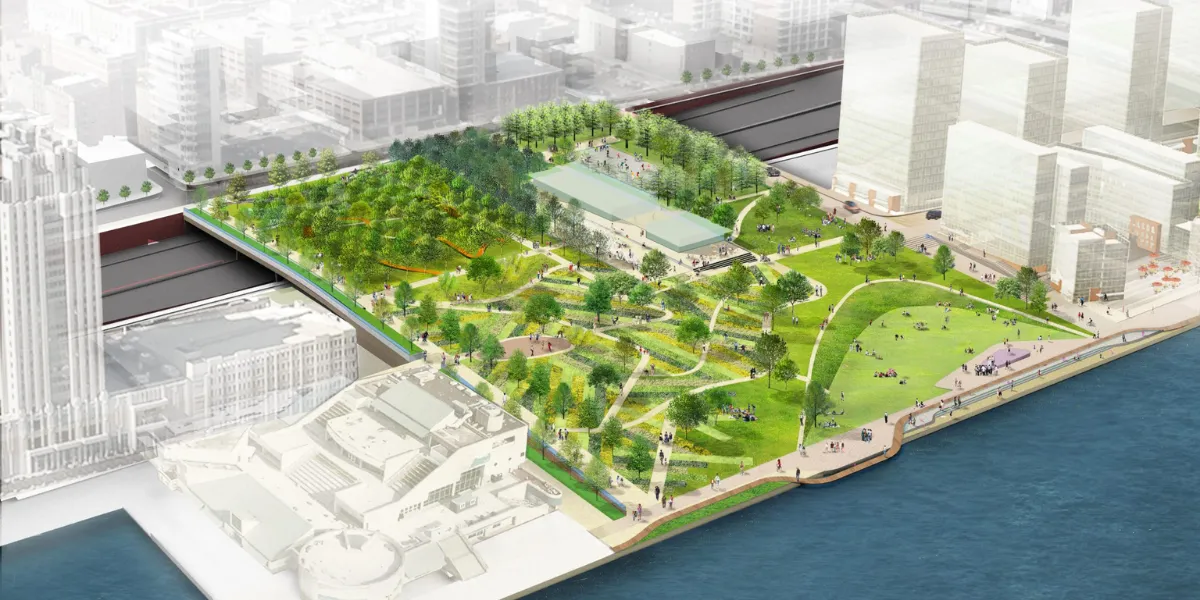
Technology plays a vital role in modern waterfront developments. Advanced modeling and simulation tools help planners and architects design more efficient and sustainable projects. Smart technologies, such as IoT devices, are used to monitor environmental conditions and optimize resource use. Additionally, technology enhances the visitor experience through interactive installations and digital services.
Future Trends in Waterfront Development
Looking forward, several trends are likely to shape the future of waterfront development. These include a greater emphasis on sustainability and resilience, the integration of smart city technologies, and the creation of more inclusive and accessible public spaces. As cities continue to grow, waterfronts will play an increasingly important role in urban development strategies.
The Transformative Power of Waterfronts
Waterfront developments have the potential to transform urban landscapes dramatically. By revitalizing neglected areas, they can create vibrant, economically prosperous, and socially inclusive urban spaces. As cities around the world continue to embrace these projects, waterfronts will undoubtedly remain at the forefront of urban innovation and regeneration.
Waterfronts are not just about aesthetic appeal; they are about creating spaces that enhance the overall quality of life for urban residents while balancing economic and environmental goals. As such, they are a testament to the power of thoughtful, inclusive, and forward-thinking urban planning.
Click here for more visited Posts!

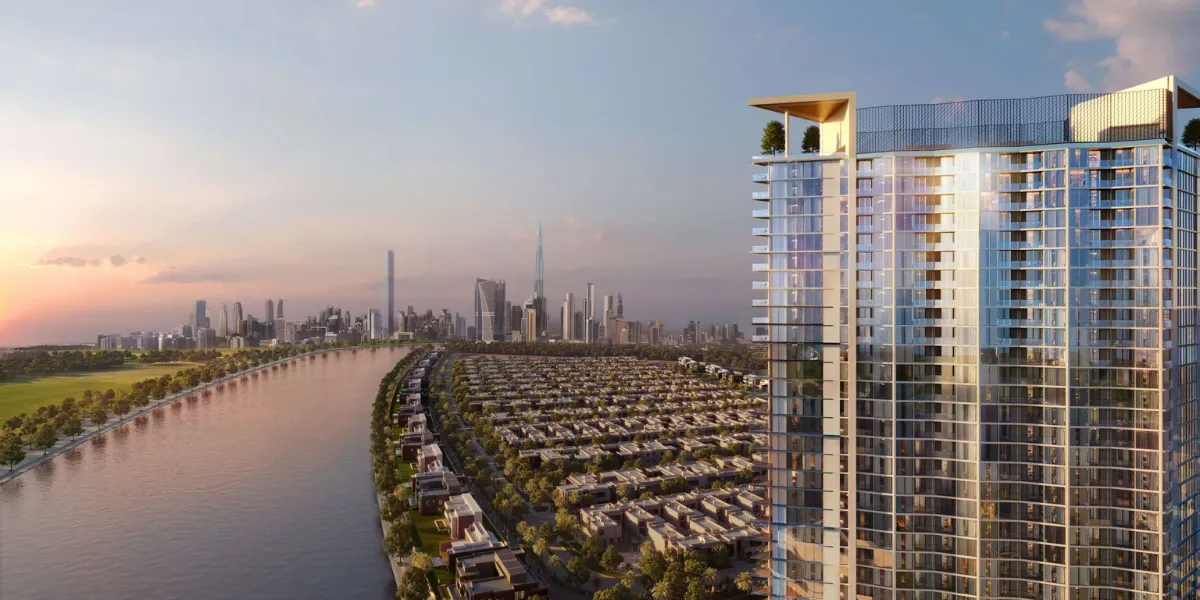
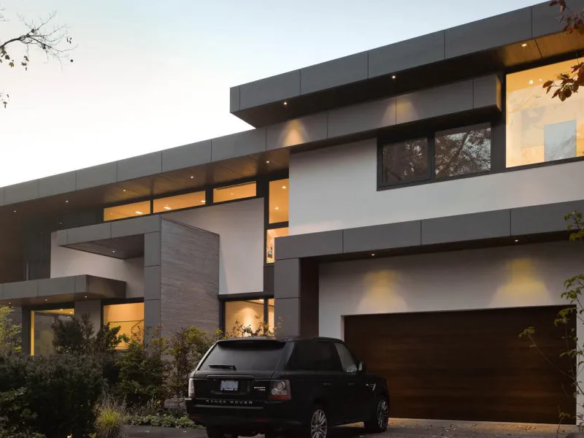


Join The Discussion